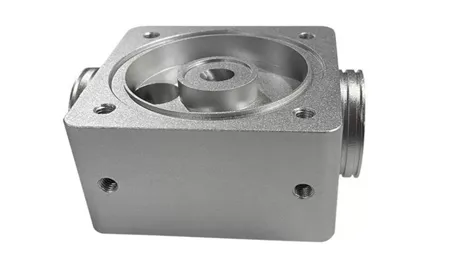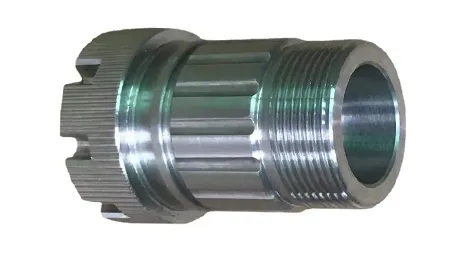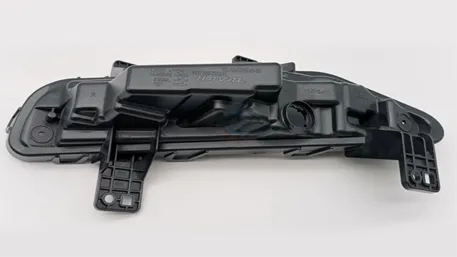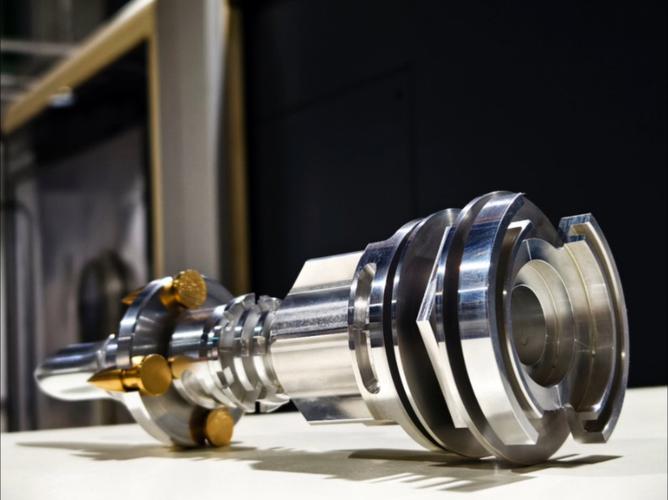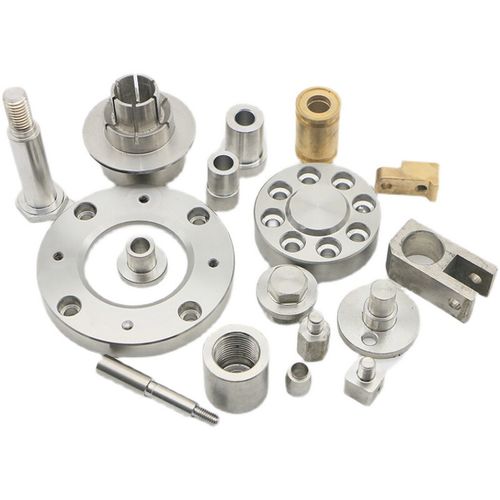Sheet metal parts are parts that have been formed by the use of sheet metal processing techniques in the manufacturing process. Stamping parts, on the other hand, is a way of metal processing, by processing flat metal into some thin parts or parts with complex shapes, using mechanical or hydraulic presses on the sheet metal for mechanical stamping and forming. Therefore, sheet metal parts stamping is a sheet metal part processed through the stamping process.
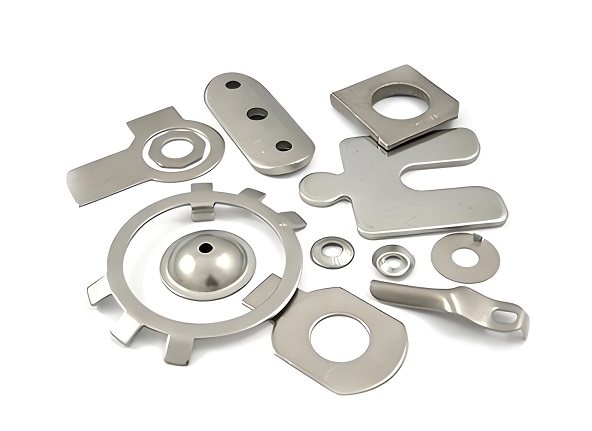
1. Sheet metal part stamping production process
Sheet metal parts stamping is a widely used process in the manufacturing industry, and its production process can be roughly divided into the following steps:
Preparation of raw materials: Purchase the corresponding materials according to the purchase order, and inspect the sheet metal processing raw materials, including material thickness, appearance and performance (material certification). After passing the inspection, notify the warehouse for storage.
Undercutting: Select the appropriate plate thickness and process according to the drawing process. This includes laser cutting material (set current and voltage, select the corresponding protective gas), digital punching material (select the appropriate tool) and stamping material (select the corresponding stamping mold).
Forming: The sheet metal material is plastically deformed through the stamping die without destroying it, and is transformed into the required shape of the finished product. This includes bending (select the corresponding tooling mold and set the bending parameters for bending), clamping (select the corresponding rivets, drills, taps, etc.) and other steps.
Welding: According to the engineering drawings, we choose gas-protection welding or argon arc welding to ensure the welding quality.
Grinding and surface treatment: according to the customer’s appearance requirements and technical requirements of the product grinding and trimming, and plastic spraying, painting, anodizing, plating and other surface treatment.
Assembling and Packing: Assemble according to the drawing requirements, and check the packing, paste the label, and finally prepare the warehousing list into the warehouse.
2. Sheet metal parts stamping customization
Sheet metal parts stamping customization service can meet a variety of specific customer needs, the following are several key points of the customization process:
Demand communication: Communicate with customers in detail to understand the functional requirements of the product, the usage environment and the cost budget, etc. to determine the customization plan.
Drawing design: According to the customer’s needs, carry out the drawing design, including material selection, size determination, shape design, etc..
Mold development: According to the drawing design, develop the stamping molds suitable for the customer’s needs to ensure the precision and life of the molds.
Sample production: Use the mold for sample production and quality check to ensure that the sample meets the design requirements.
Mass production: After the samples are confirmed to be correct, mass production will be carried out to ensure stable product quality.
After-sales service: Provide after-sales service, including product consultation, technical support and maintenance to ensure customer satisfaction.
3. Introduction of sheet metal parts stamping materials
Material: Common sheet metal parts stamping materials include mild steel plate, stainless steel plate, aluminum alloy plate, etc.
Characteristics:
Low-carbon steel plate: good plasticity and toughness, easy to stamping molding, relatively low cost, but easy to rust, need to be rust-proof treatment.
Stainless steel plate: corrosion resistance, high temperature resistance, good mechanical properties and processing performance, relatively high price, but long service life.
Aluminum alloy plate: light weight, high strength, corrosion resistance, good processing performance, but the cost is higher, applicable to high-end areas.
Other materials: such as titanium alloy plate, brass plate, etc., with their own unique properties, but at a higher cost, suitable for special application scenarios.
4. Stamping Characteristics of Different Material Sheet Metal Parts
The following is a comparison of data on the stamping characteristics of sheet metal parts made of several common materials:
Mild steel sheet:
Strength: Moderate
Hardness: Moderate
Corrosion resistance: poor
Cost: low
Stainless steel plate:
Strength: high
Hardness: high
Corrosion resistance: excellent
Cost: Higher
Aluminum alloy plate:
Strength: Higher
Hardness: moderate
Corrosion resistance: excellent
Cost: Higher
Titanium alloy plate:
Strength: Very high
Hardness: very high
Corrosion resistance: excellent
Cost: Extremely high
Brass Plate:
Strength: moderate
Hardness: low
Corrosion resistance: excellent
Cost: Higher
Customized Sheet Metal Parts Stamping FAQ
Q1: How is the productivity of sheet metal parts stamping?
A: The production efficiency of sheet metal parts stamping is high, the number of strokes of ordinary presses can reach dozens of times per minute, and high-speed presses can reach hundreds or even more than a thousand times per minute, which is easy to realize mechanization and automation.
Q2: How to ensure the quality of sheet metal parts stamping?
A: When stamping sheet metal parts, the die ensures the size and shape accuracy of the stamped parts, and generally does not damage the surface quality of the stamped parts. The life of the die is long, so the quality of the stamped parts is stable and interchangeable.
Q3: What are the considerations for material selection for sheet metal parts stamping?
A: Material selection for sheet metal parts stamping needs to consider factors such as the functional requirements of the product, the usage environment and the cost budget. Different materials have different characteristics that directly affect the quality and performance of the stamped parts.
Q4: What is included in the customized service of Sheet Metal Parts Stamping?
A: Customized services for sheet metal parts stamping include demand communication, drawing design, tooling development, sample making, mass production and after-sales service. We are committed to meeting various specific needs of our customers and providing high quality products and services.

